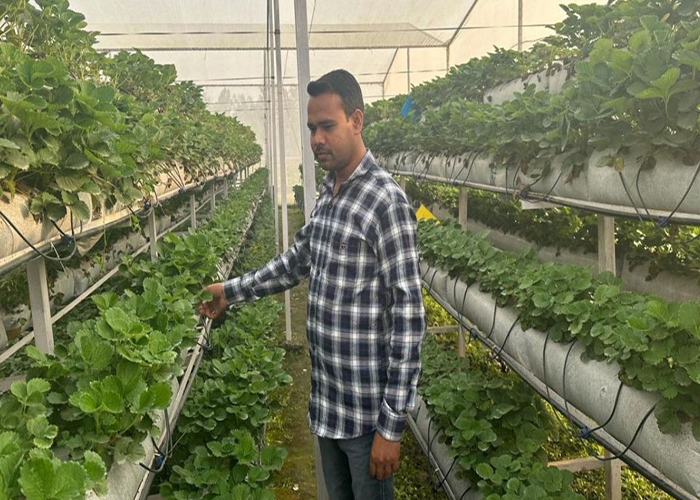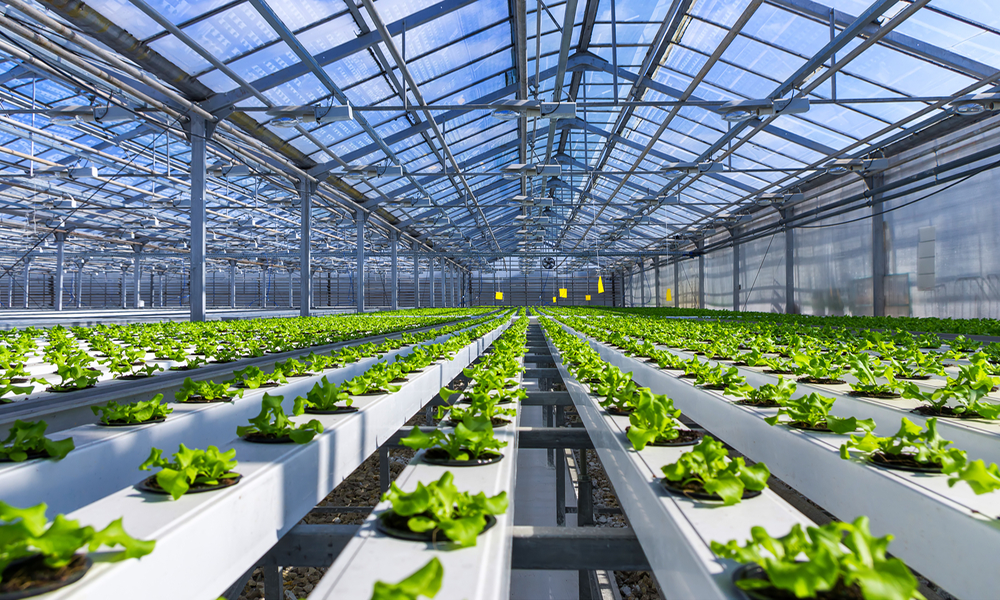Advanced Water and Wastewater Treatment Solutions for Leather Industries Using STP, ETP, WWTP, WTP, RO, and ZLD Systems

India ranks among the top global producers and exporters of leather and leather goods. With thousands of tanneries spread across states like Tamil Nadu, Uttar Pradesh, and Maharashtra, the leather industry plays a vital role in the Indian economy. It supports millions of jobs, particularly in semi-urban and rural areas.
Maharashtra, home to a mix of traditional and modern leather units, sees concentrated activity in districts like Mumbai, Solapur, and Kolhapur. While contributing significantly to exports and domestic markets, these industries also face scrutiny for their environmental impact—especially water usage and wastewater discharge—driving the need for effective treatment systems.
Leather processing requires high water volumes for soaking, liming, tanning, and finishing processes.
Leather manufacturing is an intensive, water-consuming industry. Right from the initial soaking stage to the final finishing, water plays a central role in almost every step. It is used for cleaning raw hides, dissolving chemicals, controlling temperatures, and washing off residues during liming, tanning, dyeing, and fatliquoring.
The quality and quantity of water directly affect the final leather output. Process water needs to be cleaned and treated to avoid contamination or chemical reactions. In addition, auxiliary systems like cooling and boiler feed also require significant water input. The dependence on water makes efficient usage and treatment essential for sustainable operations.
Leather production stages release large volumes of chemically laden wastewater at multiple processing points.
Leather processing involves multiple stages, each generating its own set of liquid waste. Initial processes such as soaking and liming release high organic loads and suspended solids. Unhairing and delimiting contribute to sulfides and ammonia in the waste stream.
Water is at the heart of every leather-making process—from rawhide to final product. Managing water responsibly not only ensures quality leather production but also protects our ecosystems. A sustainable leather industry is impossible without smart water use and effective wastewater treatment systems in place.
Tanning and post-tanning operations such as dyeing, fatliquoring, and finishing introduce chrome, salts, synthetic dyes, and other toxic chemicals. These activities result in a highly variable effluent profile, with large quantities of water discharged throughout the day. Without proper collection and treatment, this wastewater can severely harm nearby land and aquatic environments.
Wastewater includes chrome-rich effluents, sulfide discharges, organic loads, and residual dye contaminants.
The wastewater from leather processing contains a wide range of pollutants. Common contaminants include biological solids, salts, chromium (especially from tanning), sulfides, acids, alkalis, and residual dyes. These pollutants are not only toxic but also have high Chemical Oxygen Demand (COD) and Biological Oxygen Demand (BOD), making them challenging to treat with standard methods.
Effluents from liming stages contain calcium and sulfides; tanning stages contain chromium and acid salts; and dyeing introduces synthetic dyes and surfactants. Some of this waste is also persistent and bioaccumulative, which can pollute groundwater and harm ecosystems if left untreated.
Leather industries use physical, chemical, and biological methods in their wastewater treatment process.
Leather industries typically use Effluent Treatment Plants (ETPs) to treat their complex wastewater. Treatment begins with neutralization and coagulation to remove suspended solids and adjust pH. Chrome recovery units are often installed to recycle chromium from tanning baths, reducing waste and chemical costs.
Secondary treatment often includes biological processes such as aerobic or anaerobic digestion to remove organic load. Tertiary treatment may involve sand filtration, activated carbon, and sometimes advanced oxidation. Sludge handling and disposal are also integral to the system. Properly designed ETPs are crucial to meet environmental standards and avoid penalties.
Leather industries implement RO, MBR, and ZLD technologies to recycle and reuse treated wastewater.
Today's leather industries are turning toward high-efficiency technologies for water recycling and reuse. Reverse Osmosis (RO) systems help recover clean water from treated effluent. Membrane Bioreactors (MBR) integrate biological treatment with membrane filtration to handle high organic loads with better clarity.
Zero Liquid Discharge (ZLD) systems are also gaining traction, ensuring all wastewater is treated and reused with no discharge. Some units incorporate chrome recovery systems to recycle tanning agents. These technologies not only ensure compliance with discharge regulations but also reduce dependence on freshwater, saving costs in the long run and promoting environmental responsibility.
We provide custom-designed, turnkey water treatment systems for leather processing and effluent management.
We specialize in delivering tailored water and wastewater treatment solutions for the leather industry. Our services include the design, installation, and maintenance of STP, ETP, WTP, WWTP, and RO-based systems. Every project begins with a site assessment, water quality testing, and regulatory evaluation.
Our team understands the unique challenges of leather effluent, such as chromium management and organic load reduction. We offer chrome recovery units, automation, SCADA-based monitoring, and ZLD systems as part of our comprehensive solutions. We aim to help leather manufacturers achieve sustainable, compliant, and cost-effective water management practices.
Conclusion: Sustainable Water Management is Key to Leather Industry Growth

Conclusion: Sustainable Water Management is Key to Leather Industry Growth
The leather industry, though economically vital, has significant environmental responsibilities. High water usage and the generation of toxic effluents demand serious attention. From traditional processes to modern manufacturing, water plays a central role in every leather unit.
Embracing advanced wastewater treatment systems and water reuse technologies is not just about compliance—it's a step toward sustainable industrial growth. With tailored solutions and the proper technological support, leather industries can reduce their water footprint, protect the environment, and continue to thrive in domestic and global markets.

